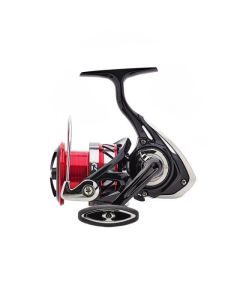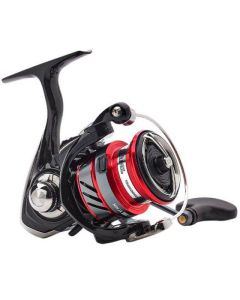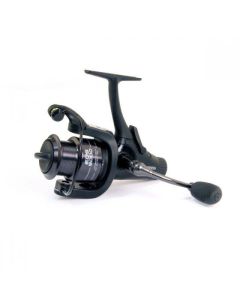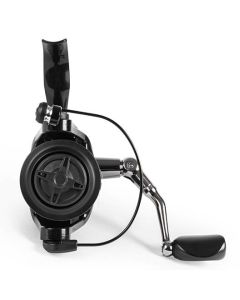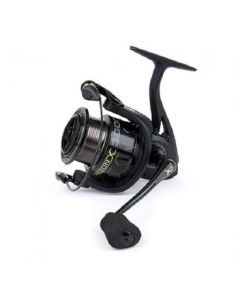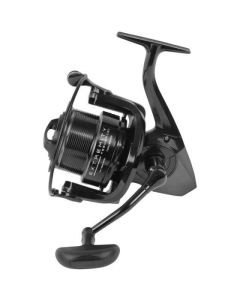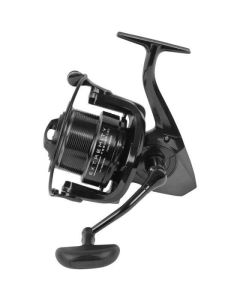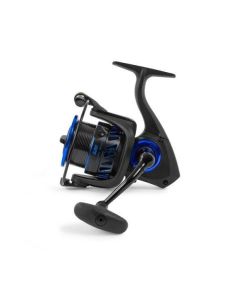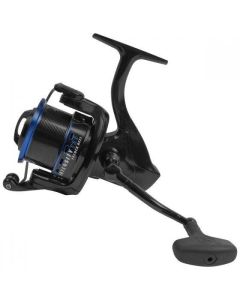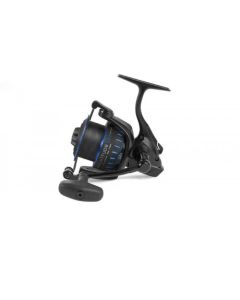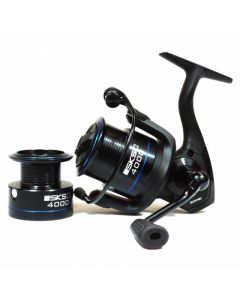Explore our selection of feeder reels, an essential tool for any coarse or match angler. Feeder reels have evolved significantly, incorporating advanced technology to enhance your fishing efficiency and success. From the precision casting capabilities to robust drag systems, our feeder reels are designed to meet the specific needs of modern anglers if combined with the right feeder rods. Shop top brands like Daiwa, Shimano, Preston, and Matrix, known for their reliability and innovation.
Consider the following when selecting your feeder reel:
- Size and Weight: Match the reel to your fishing environment and target species.
- Gear Ratio: Select a reel that offers efficient line retrieval.
- Material Construction: Choose reels made from materials that provide durability without adding excessive weight.
Frequently Asked Questions
-
What is the best feeder reel for beginners?
- We recommend starting with a fixed spool reel with a simple drag system for ease of use and reliability.
-
Can I use these reels for other types of fishing?
- While specifically designed for feeder fishing, many of our reels are versatile enough for various fishing techniques.
-
How do I maintain my feeder reel?
- Regular cleaning and lubrication will keep your reel in top condition. Store it in a cool, dry place when not in use.
Explore Our Collection
Browse our extensive collection of feeder reels at Carp.com and find the perfect match for your coarse and match fishing needs. Enhance your fishing experience with our top-quality reels, designed to bring you closer to your next big catch.
Frequently Asked Questions
-
What are the key features to look for in a feeder reel?
- When choosing a feeder reel, consider the drag system for smooth line control, line capacity for long-distance casting, and gear ratio for quick retrievals. Durability and ease of maintenance should also be priorities.
-
How do I match a feeder reel with my rod?
- Ensure the reel and rod balance well together. A reel that complements the length and action of your rod will improve casting accuracy and comfort during use.
-
Can feeder reels be used in both fresh and saltwater?
- Most feeder reels are designed for freshwater use. If using in saltwater, opt for models specifically made with corrosion-resistant materials to withstand harsh conditions.
-
What maintenance does a feeder reel require?
- Regularly clean your reel with soapy water, dry it thoroughly, and lubricate moving parts to extend its lifespan and maintain performance.

